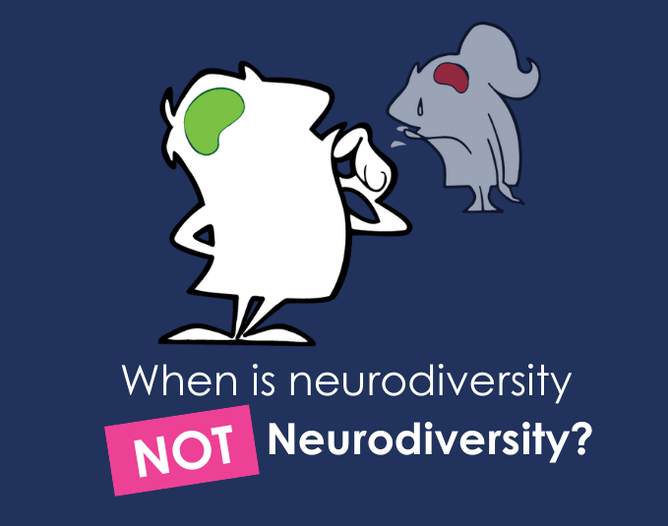If you suspect you may be Neurodiverse and are thinking of visiting a health professional to be assessed there are things to be aware of and to look out for.
Look for a practitioner who takes an holistic approach to assessment and treatment, considering all aspects of an individual's experiences and functioning, to help identify the most appropriate supports and interventions regardless of whether symptoms stem from trauma, neurodiversity, or a combination of both.
"Both trauma and some neurodiverse conditions can manifest with similar symptoms"
Both trauma and some neurodiverse conditions can manifest with similar symptoms. These overlapping symptoms can sometimes make it challenging to differentiate between the two.
For example, currently many practitioners use the diagnostic DIVA tool to assess an individual for ADHD. Whilst a client’s answers may seem to indicate ADHD, in fact that individual may be experiencing trauma symptoms that look like ADHD, including the inability to focus, impulsivity, the inability to complete things, losing interest quickly etc.
What can be missed is the “behind the scenes” landscape, that makes the distinction between trauma and neurodiversity.
Identifying if someone is operating out of fear would point in the direction of trauma, conversely, identifying that an individual is functioning out of reward based emotions would be more in keeping with ADHD.
Many of the inmates I work with throughout our corrections facilities across NZ would appear to have ADHD. They present with classic symptoms such as impulsivity and compulsivity and are highly reactive but at a closer look it is apparent many of these behaviours are fear based and a result of trauma stemming from their family history.
What can be missed is the “behind the scenes” landscape"
There are more and more women, particularly those with higher cognitive abilities, that are being misdiagnosed with borderline personality disorder (BPD) when they actually they may have autism spectrum disorder (ASD).
The presentation of ASD and BPD can overlap in some areas, leading to diagnostic confusion. Both conditions can involve difficulties in social interactions, emotional regulation, attachment issues and identity formation.
Additionally, individuals with ASD may exhibit sensory sensitivities and repetitive behaviors, which can be misunderstood or misattributed as symptoms of BPD.
A therapeutic and positive approach is also crucially important in understanding and supporting individuals
A good practitioner will see the strengths in neurodiversity rather than focusing solely on the deficits. An autistic person’s “rigidity” and “reactivity” can be viewed as “great with routine and structure” and “excellent at picking up on others responses”. They will explore deeper to assess for a range of different diagnoses, “differential” being key. A combination of the process of elimination AND inclusion that make for a more thorough assessment to capture as much as possible. Do they have OCD? Do they have dyslexia? Are they experiencing trauma from their past and where is the overlap if any? Capturing the WHOLE picture from the outset to correctly make a diagnosis is critical in aiding the practitioner to better understand their patient and most importantly to provide you with a deeper understanding of yourself and how you see the world.
If you think you may be Neurodiverse, find a professional who views you as a WHOLE person who has brain differences rather than simply "deficits", and considers ALL of the possibilities of how your brain might be wired.

